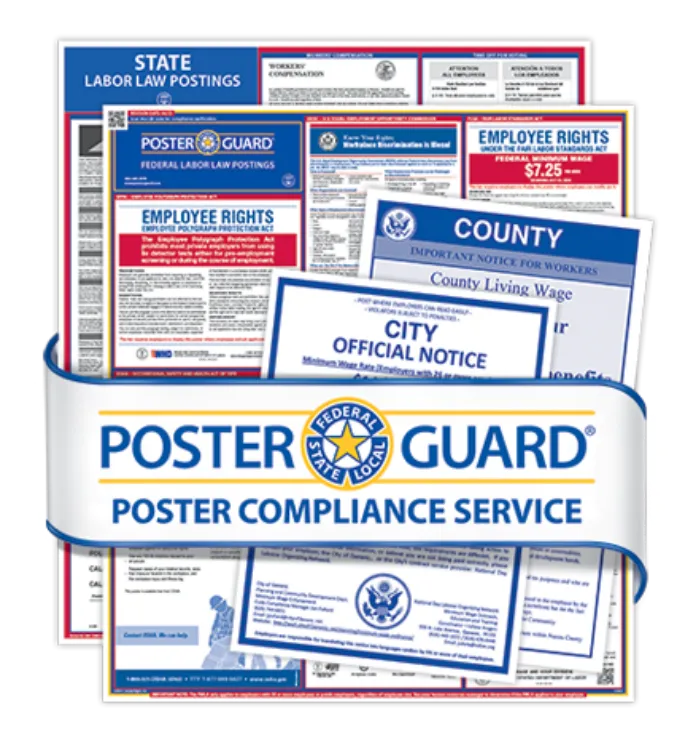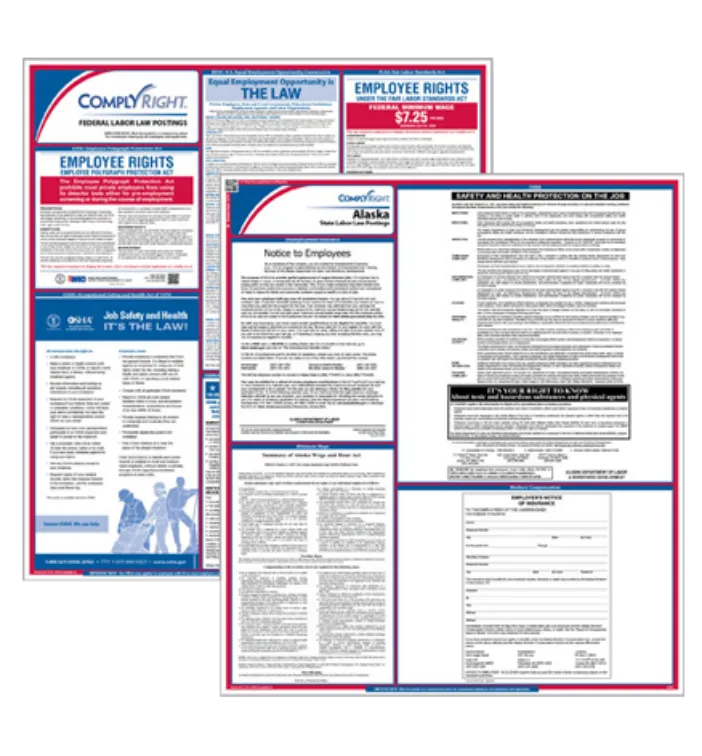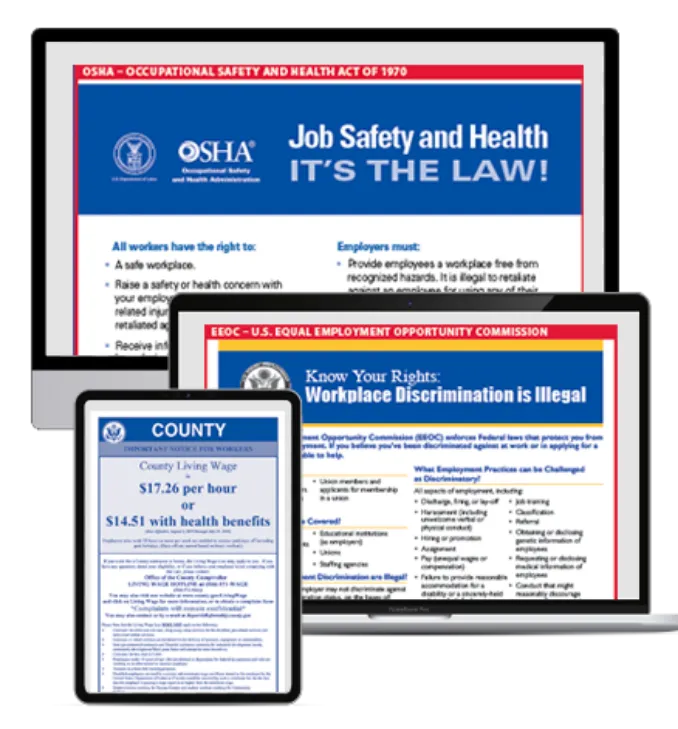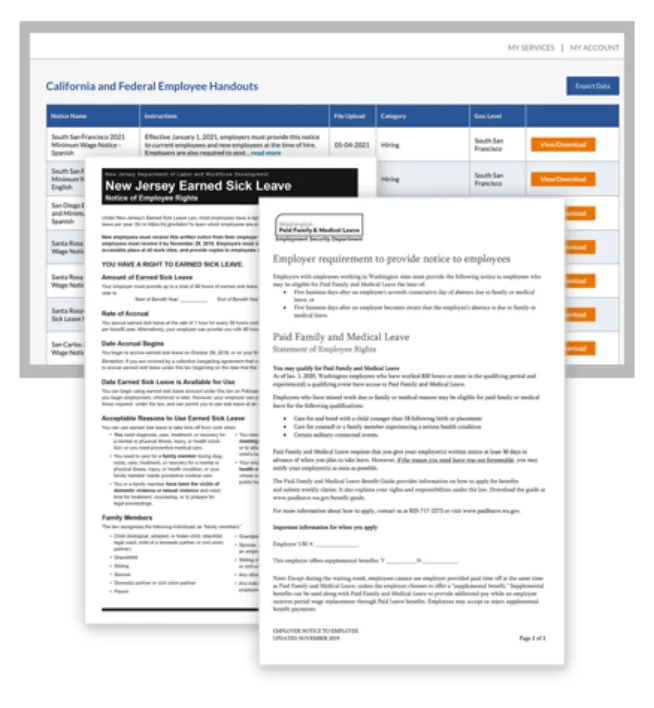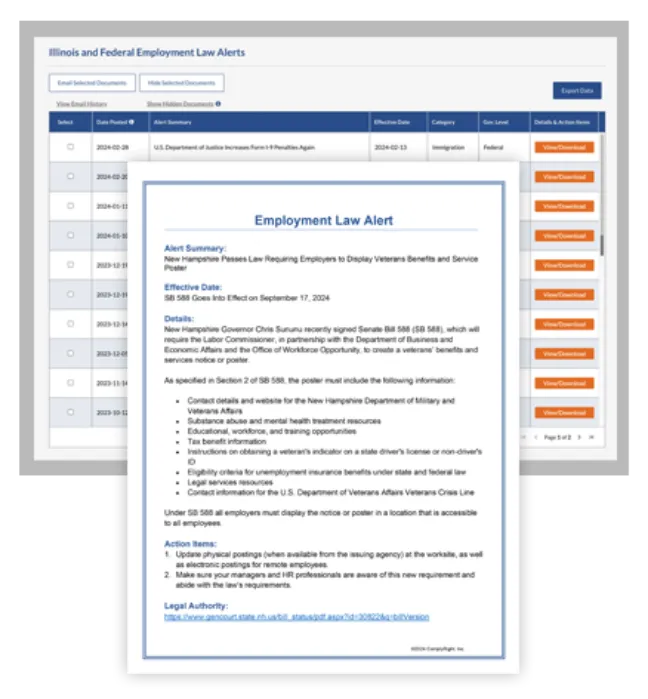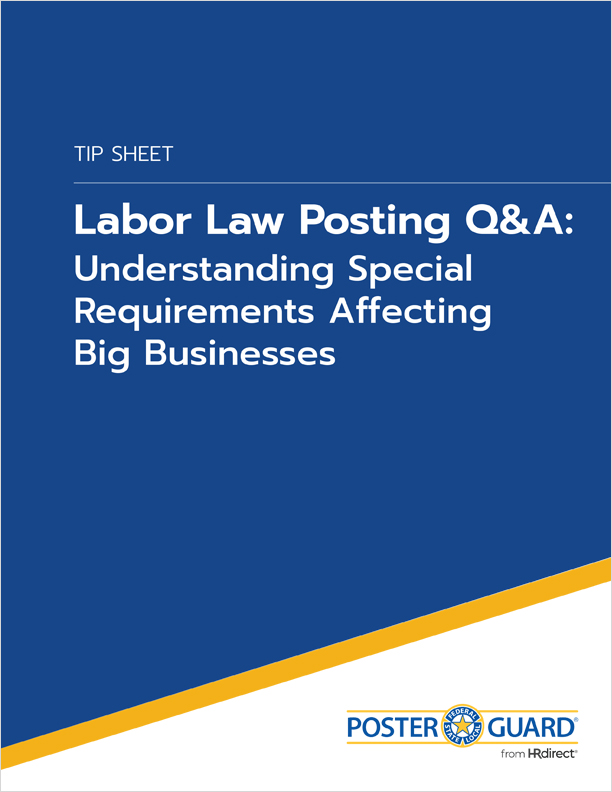Most employers are well aware of their obligation to display certain employee postings in the workplace. However, many are surprised to hear that their obligation to notify employees of their legal rights does not end with posters on the wall. In fact, the same laws that mandate workplace postings often come with a separate obligation: required employee notices.
These required employee notices, or handouts, represent a growing trend in employment law, especially at the state and local levels.
Understanding Employee Notices
Under numerous federal, state and local labor laws, employers are required to distribute certain notices directly to employees under specific circumstances. Like employment posters, these notices cover a variety of topics, vary by state — and change frequently due to new or updated laws.
Nationwide, there are more than 400 mandatory employee notifications issued by government agencies charged with enforcing employment laws. The triggers for providing these handouts to employees vary widely. Depending on the underlying law, certain notices may be required for all employees annually or on some other regular cycle. Other notices are event-driven, which means they must be distributed when a specific activity occurs.
For example, a notice may need to be distributed:
- When a new employee is hired
- When an employee requests time off for a protected absence, such as caring for a sick family member or addressing the employee’s own health condition
- When a workplace injury takes place
- When an employee becomes pregnant or requires a pregnancy-related accommodation
- When the employer makes a change in pay
- Upon an employee’s separation from the company
The Risk of Noncompliance
Similar to labor law postings, the penalties for not complying with employee handout requirements can be severe. Federal penalties can add up to more than $25,000 per violation for failing to provide required notices or using outdated notices. Daily fines can also apply when notices are not provided within the timeframe specified by the law. Fines at the state, county or city level typically range from $100-$500 per violation.
While fines can be costly, the bigger danger is the risk of employee lawsuits. Under some laws, you can lose certain defenses if you fail to notify your employees of their rights. The statute of limitations, for example, limits the timeframe during which an employee can sue an employer for a particular offense. Courts may extend the statute of limitations in cases where an employer did not give proper notice of employee rights.
Failure to comply with required employee notices can also be used as evidence of bad faith, which can then multiply the damages awarded in an employment-related lawsuit.
Meeting the Legal Requirements
Managing mandatory employee handouts can be challenging for employers. They must know exactly which notices are needed, and when they should be distributed. In addition, tracking down the correct notices from the various government agencies that issue them takes considerable time and effort.
Our Mandatory Employee Handout Service gives you year-round access to all required federal, state and local employee notifications in electronic format. The notices can be emailed to employees or printed and distributed. The service includes continual legal monitoring and automatic updates whenever legal requirements change. You’ll receive email communications about any updates plus instructions to identify which handouts to use and when.

